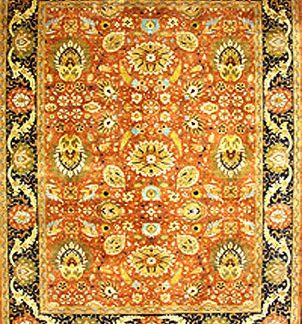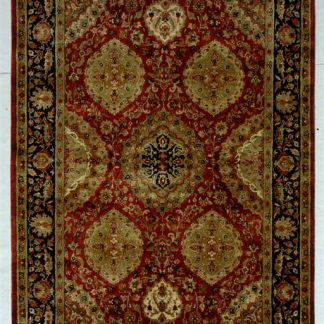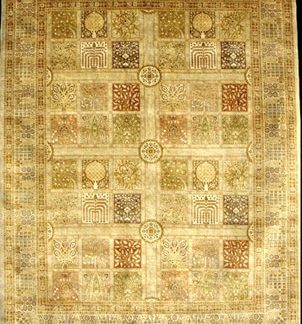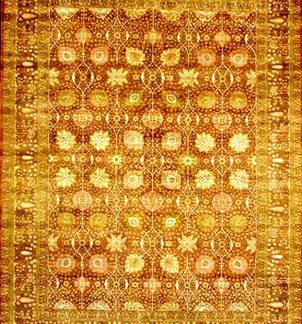Transitional and Persian Rugs
When talking about traditional rugs, the term ‘Persian rugs’ comes to mind. The art, mystique, and history of Persian rugs make them renowned for their brilliant designs, uncompromising quality, durability, and value.
What’s the difference?
Oriental rug refers to a hand-woven rug made from wool, silk or cotton, woven in the Orient (a historic term for Asia), specifically Iran, China, India, Russia, Turkey, Pakistan, Tibet and Nepal. Persian rug refers to carpets exclusively woven in Iran (before 1935, Persia).
Showing 1–12 of 152 results
-
Silk Rug (i)
Enquire No -
Silk Rug (ii)
Enquire No -
Traditional Area Rugs 1
Enquire No -
Traditional Area Rugs 2
Enquire No -
Traditional Area Rugs 3
Enquire No -
Traditional Area Rugs 4
Enquire No -
Traditional Area Rugs 5
Enquire No -
Traditional Area Rugs 6
Enquire No -
Traditional Area Rugs 7
Enquire No -
Traditional Area Rugs 8
Enquire No -
Traditional Area Rugs 9
Enquire No -
Traditional Area Rugs 10
Enquire No
Showing 1–12 of 152 results













